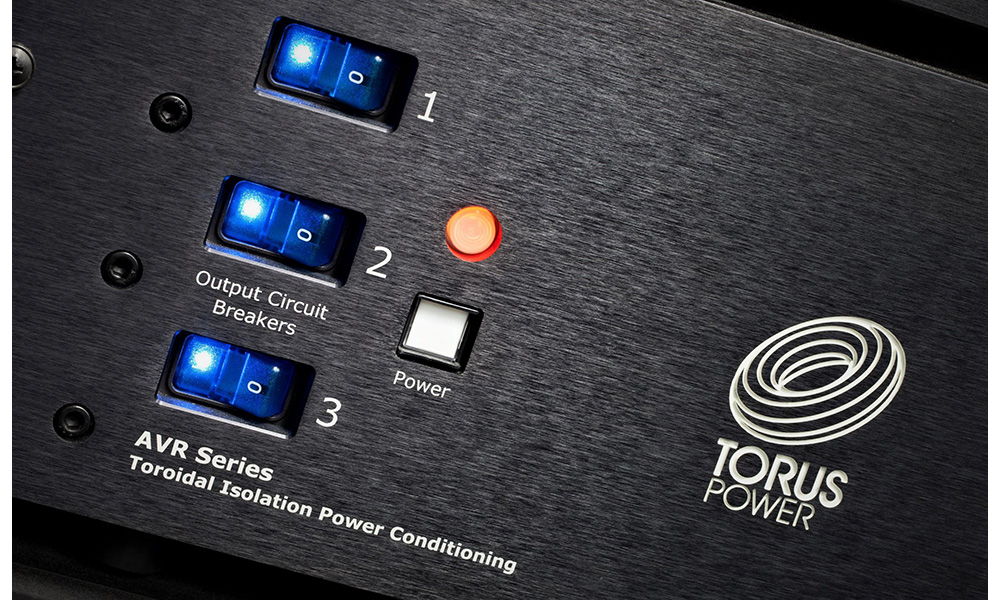BY CEPro
Where do Electrical Noise and Harmonics Come From?
Solving Dirty Power Issues by Addressing the Source
Torus Power suggests the best way to deal with noise and harmonics is to use products and techniques that are specially designed to isolate audio-visual and control systems from noise and harmonics and supply the sensitive electronic components with clean, isolated power.
The Canadian power equipment manufacturer asserts that If professional integrators take the right layered approach to power at the onset by making power isolation the foundation of their installations, distorted and dirty power has no chance of compromising the performance or reliability of their system installs.
When specifying a clean power foundation that minimizes problematic noise and harmonics Torus Power says it is important to understand some key parameters such as the source of electricity, the supply voltage at the installation site, and the total amperage load of the entire home entertainment and control system. Does the AV system utilize standard 120v, 240v or three-phase, 208-volt power? What are the designs of the various power supplies in the equipment and what is the intended use of that equipment?
After these parameters have been identified and a proper isolation transformer is selected, the unit can be installed within the equipment rack or in a separate area like an equipment room to supply clean power to the AV processors, amplifiers, video components, and source equipment.
Drawing a comparison, Torus Power points out that today dealers and integrators wouldn’t dream of installing a high-performance AV or control system without a robust network. These considerations the company stresses should also be applied to power isolation and surge system protection. Good quality power free from noise and harmonics Torus Power underscores is vital to the performance of the essential system components—not to mention the satisfaction of customers that expect performance and reliability.










